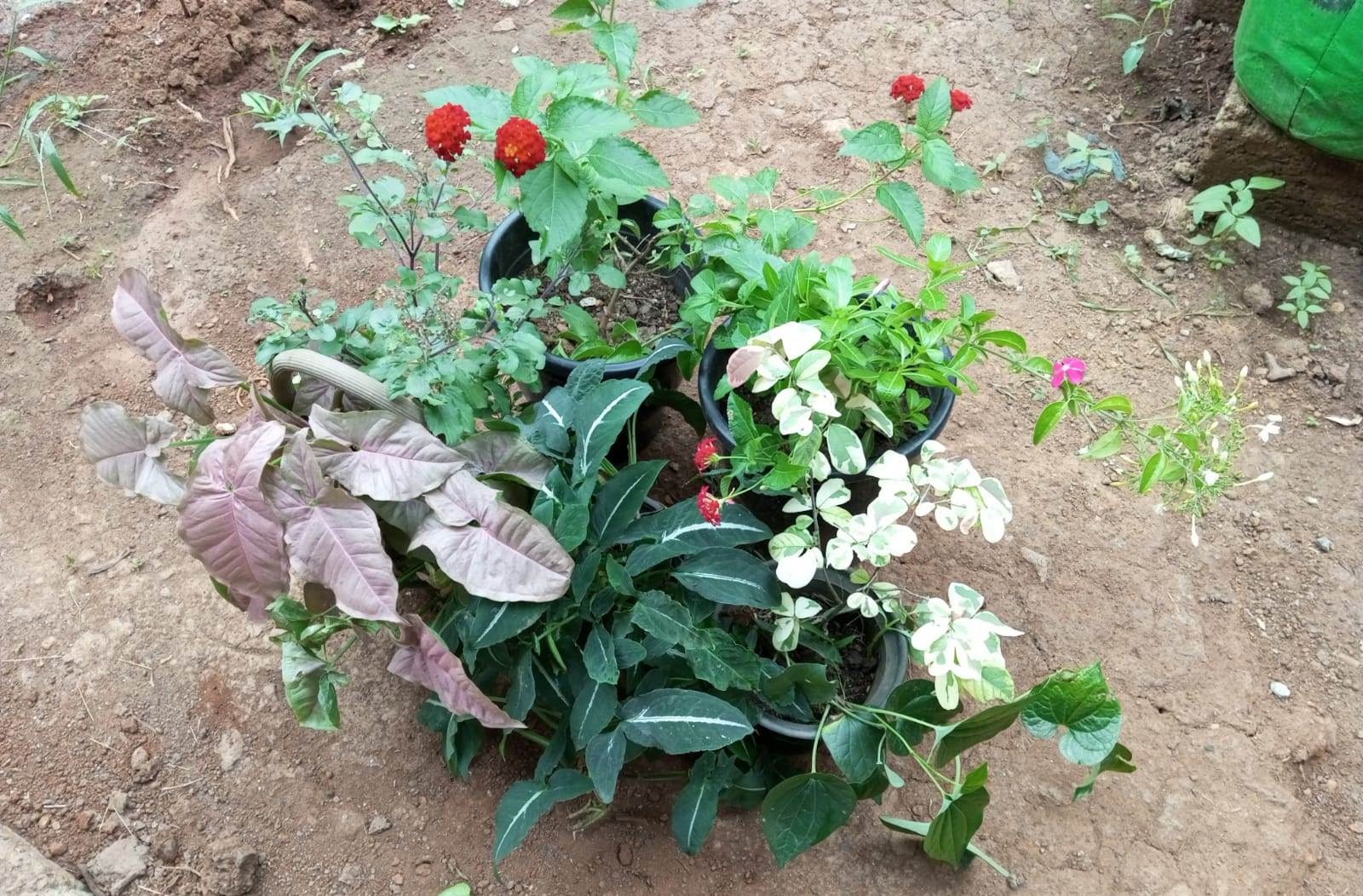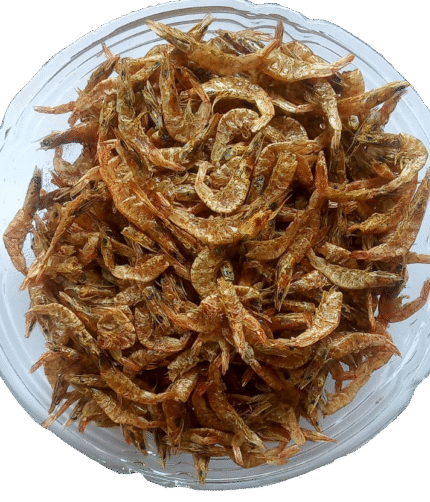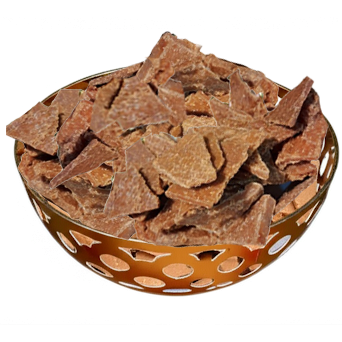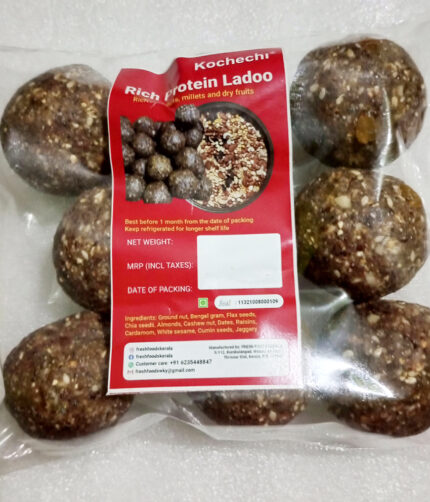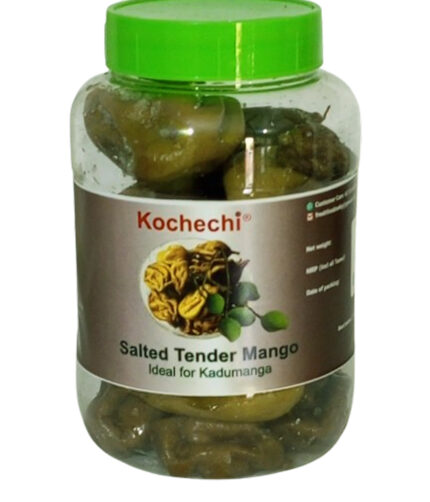India is a land of rich biodiversity, with a wide variety of flowering plants that captivate the senses with their vibrant colors and delicate fragrances. While many flowering plants require ample sunlight to flourish, there are several species that have adapted to thrive in low-light conditions. These resilient plants not only add beauty to shady corners of gardens and indoor spaces but also serve as a testament to nature’s ingenuity.
One such example is the Peace Lily (Spathiphyllum spp.), a popular flowering plant in India known for its elegant white flowers and glossy green leaves. It is a shade-loving plant that can tolerate low-light conditions, making it an ideal choice for indoor spaces with limited exposure to sunlight. Peace Lilies are renowned for their air-purifying qualities and are often used to enhance the ambiance of homes and offices.
Another Indian flowering plant that can thrive in low sunlight is the Impatiens walleriana, commonly known as the Busy Lizzie or Balsam. This versatile plant produces an abundance of vibrant flowers in shades of red, pink, purple, and white. It is well-suited for shady areas in gardens, such as under trees or on north-facing balconies. Busy Lizzies can also be grown as potted plants indoors, adding a burst of color to any room.
One cannot overlook the enchanting beauty of the Spider Lily (Hymenocallis spp.), which is known for its fragrant, star-shaped white flowers. These lilies thrive in partially shaded areas and can be found in different parts of India. Spider Lilies add an ethereal touch to gardens with their elegant, long-lasting blooms. They are also suitable for container gardening, allowing plant enthusiasts to enjoy their mesmerizing beauty on balconies or patios.
Another noteworthy flowering plant that thrives in low sunlight is the Episcia (Episcia cupreata). This plant exhibits a variety of colors in their leaves and flowers. With its ability to tolerate low-light conditions and drought, as well as the low-maintenance nature, it has become a popular choice for home gardens.
The Snake Plant (Sansevieria trifasciata) is yet another Indian plant that flourishes in low light. Also referred to as “Mother-in-Law’s Tongue,” this plant has long, sturdy leaves with a distinctive pattern, making it an attractive addition to any space. It is known for its air-purifying properties and ability to thrive even in dimly lit corners of a room, making it a favorite choice for both homes and offices.
The Pothos plant (Epipremnum aureum), commonly known as Devil’s Ivy, is an evergreen vine that can adapt to a variety of light conditions, including low sunlight. Its heart-shaped leaves come in a range of variegated colors, adding a touch of elegance to any setting. The Pothos is often seen cascading from hanging baskets or trained to climb trellises, making it a versatile and visually appealing choice.
Additionally, the Cast Iron Plant (Aspidistra elatior) is a robust and resilient plant that can tolerate extremely low light conditions. Native to India and other Asian countries, this plant has dark green, glossy leaves and produces inconspicuous but interesting flowers close to the ground. It is a popular choice for indoor landscaping and is highly valued for its ability to survive neglect and adapt to various environments.
Apart from these examples, there are numerous ferns, begonias, and hostas that are known to grow well in low-light conditions. These plants offer a wide range of textures, shapes, and colors, providing ample choices for creating lush and diverse gardens even in areas with limited exposure to sunlight.
It is worth noting that while these plants can tolerate low-light conditions, they still require some indirect light to thrive. Placing them near windows or in areas with filtered sunlight is crucial for their well-being. Additionally, providing adequate moisture and ensuring proper drainage is essential for their optimal growth.
These examples illustrate the resilience and adaptability of Indian flowering plants that can flourish in low-light conditions. Whether you have limited sunlight in your living space or wish to add a touch of greenery to an office environment, these plants offer a perfect solution. They not only bring beauty and visual appeal but also provide numerous health benefits, such as air purification and stress reduction.


